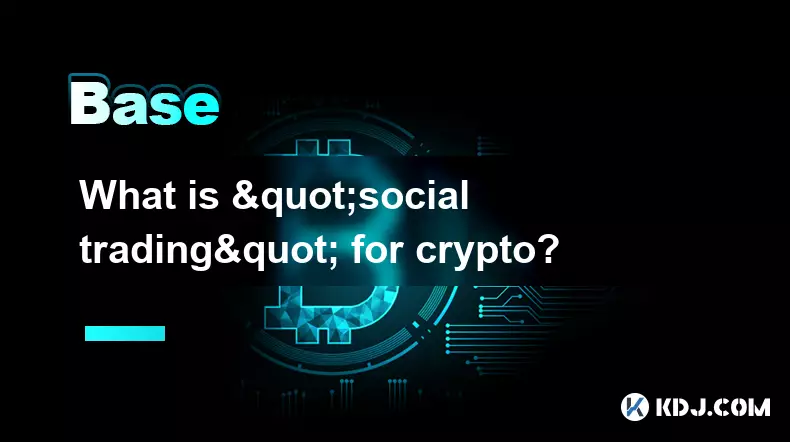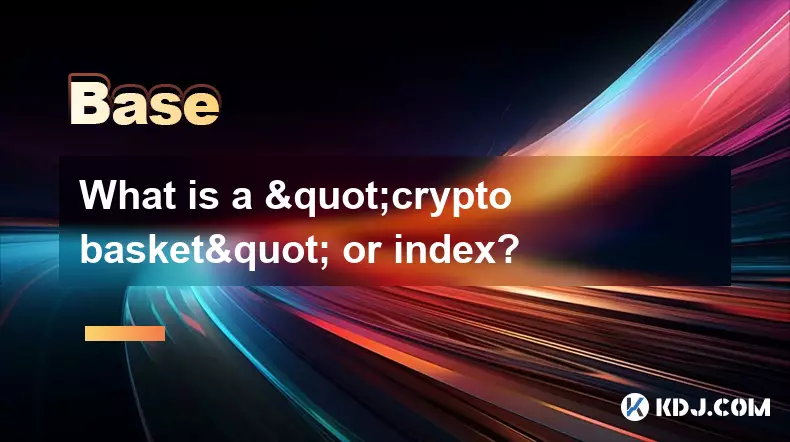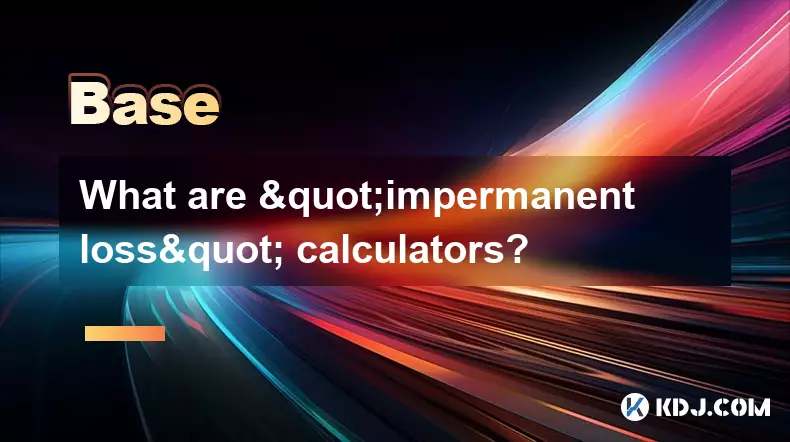-
 Bitcoin
Bitcoin $112100
0.77% -
 Ethereum
Ethereum $4474
3.78% -
 XRP
XRP $2.851
0.46% -
 Tether USDt
Tether USDt $1.000
0.01% -
 BNB
BNB $856.0
0.45% -
 Solana
Solana $209.3
1.04% -
 USDC
USDC $0.9998
-0.02% -
 Dogecoin
Dogecoin $0.2216
3.68% -
 TRON
TRON $0.3420
1.19% -
 Cardano
Cardano $0.8415
1.56% -
 Chainlink
Chainlink $23.79
1.74% -
 Hyperliquid
Hyperliquid $46.03
3.38% -
 Ethena USDe
Ethena USDe $1.001
0.04% -
 Sui
Sui $3.399
2.98% -
 Bitcoin Cash
Bitcoin Cash $599.8
3.03% -
 Stellar
Stellar $0.3628
-0.44% -
 Avalanche
Avalanche $25.24
4.29% -
 Cronos
Cronos $0.2809
9.58% -
 Hedera
Hedera $0.2203
0.68% -
 UNUS SED LEO
UNUS SED LEO $9.526
-0.04% -
 Litecoin
Litecoin $112.7
0.88% -
 Toncoin
Toncoin $3.188
0.41% -
 Shiba Inu
Shiba Inu $0.00001253
0.80% -
 Polkadot
Polkadot $3.891
2.61% -
 Uniswap
Uniswap $9.732
2.10% -
 Bitget Token
Bitget Token $4.971
-2.70% -
 Dai
Dai $0.0000
0.01% -
 World Liberty Financial
World Liberty Financial $0.2148
-8.62% -
 Aave
Aave $327.8
3.77% -
 Monero
Monero $270.0
1.47%
What is a "re-entrancy attack"?
Re-entrancy attacks exploit unchecked external calls in smart contracts, allowing malicious actors to drain funds by recursively re-entering functions before state updates occur.
Sep 04, 2025 at 07:18 am

Understanding Re-Entrancy Attacks in Blockchain
1. A re-entrancy attack is a critical security vulnerability that occurs in smart contracts, particularly on the Ethereum blockchain. It exploits the way external calls are handled during contract execution, allowing a malicious contract to repeatedly re-enter the vulnerable function before the initial execution completes. This recursive behavior can drain funds or manipulate state variables unexpectedly.
2. The core mechanism involves a calling contract invoking a function in a target contract that makes an external call—often to transfer funds—before updating its internal state. If the receiving contract contains a fallback function with malicious logic, it can trigger another call back into the original function, creating a loop. Since the balance or state hasn’t been updated yet, each re-entry bypasses checks and continues withdrawing funds.
3. One of the most infamous examples is the 2016 DAO hack, where over 3.6 million ETH were siphoned due to a re-entrancy flaw. The decentralized autonomous organization’s withdrawal function sent funds before setting the user’s balance to zero, enabling the attacker to repeatedly withdraw the same balance. This event led to a hard fork in the Ethereum network and heightened awareness around secure contract design.
4. Modern development practices now emphasize the 'checks-effects-interactions' pattern to prevent such attacks. This approach mandates that state changes—like updating balances or ownership—occur before any external function calls. By ensuring internal consistency prior to interaction, the window for re-entrancy is effectively closed.
5. Language-level safeguards in Solidity, such as using reentrancy guards from OpenZeppelin’s library, have become standard. These guards use a mutex-like mechanism to mark a function as currently executing, blocking any recursive entry attempts. Developers are also encouraged to use pull-over-push payment models, where users initiate withdrawals rather than having funds automatically pushed to them.
Common Vectors of Re-Entrancy Exploitation
1. External calls to unknown or untrusted contracts serve as the primary entry point for re-entrancy. When a contract invokes a function on another contract—especially one that can execute arbitrary code—it risks falling into a callback trap. This is especially dangerous when the called contract is attacker-controlled.
2. Fallback and receive functions in Ethereum smart contracts are automatic triggers when a contract receives Ether. If these functions contain logic that calls back into the sender, they can exploit timing gaps in state updates. Attackers craft contracts with these functions designed specifically to re-enter vulnerable withdrawal or transfer routines.
3. Cross-function re-entrancy is another variant where the re-entry occurs not within the same function but across different functions of the same contract. If multiple functions share state and lack proper locking mechanisms, an attacker can jump between them to maintain an inconsistent state and extract value.
4. Flash loans from decentralized finance (DeFi) protocols have amplified the risk. Attackers can borrow large sums without collateral, use them to manipulate contract conditions, and execute re-entrancy attacks within a single transaction. The borrowed funds are repaid before the block finalizes, making the attack cost-efficient and hard to prevent through economic deterrence.
5. Poorly audited third-party libraries or inherited code can introduce hidden re-entrancy risks. Even if the main logic appears secure, dependencies might contain vulnerable functions that are indirectly exposed. This underscores the need for comprehensive audits and dependency tracking in DeFi projects.
Mitigation Strategies and Best Practices
1. Enforcing the checks-effects-interactions pattern is fundamental. Developers must ensure all state modifications happen before any external call. For instance, reducing a user’s balance before sending funds eliminates the possibility of withdrawing the same balance multiple times.
2. Implementing nonReentrant modifiers from trusted libraries adds a layer of protection. These modifiers use a boolean flag to lock the function during execution, preventing recursive calls. While not foolproof, they are effective against most known re-entrancy patterns.
3. Limiting the amount of Ether or tokens a contract can hold reduces potential damage. Contracts that act as intermediaries should minimize fund accumulation and encourage frequent withdrawals. This limits the attacker’s profit margin even if a vulnerability exists.
4. Code audits by specialized security firms are essential. Automated tools like Slither or Mythril can detect re-entrancy patterns, but human review is necessary to catch complex logic flaws. Peer reviews and bug bounty programs further strengthen security.
5. Using upgradeable contract patterns with pause mechanisms allows developers to respond to attacks in real time. While this introduces centralization risks, it provides a critical emergency response option when vulnerabilities are discovered post-deployment.
Frequently Asked Questions
What triggers a re-entrancy attack in a smart contract?A re-entrancy attack is triggered when a contract makes an external call to another contract before updating its internal state. If the receiving contract has a malicious fallback function, it can call back into the original contract’s function, exploiting the unfinished state update.
Can re-entrancy occur in contracts that don’t handle Ether?Yes. While Ether transfers are common vectors, re-entrancy can also happen with token transfers or any external call to a contract that can make a recursive call. The key factor is the sequence of state updates and external interactions, not the asset type.
Are all DeFi protocols vulnerable to re-entrancy?Not all, but many early DeFi protocols were. Modern protocols incorporate reentrancy guards and follow secure coding practices. However, new or unaudited projects may still carry risks, especially if they interact with legacy systems or untrusted contracts.
How do flash loans enable re-entrancy attacks?Flash loans allow attackers to borrow large amounts of assets within a single transaction. They use these funds to manipulate contract states—such as liquidity pools—and trigger re-entrancy before repaying the loan. This enables profitable attacks without upfront capital.
Disclaimer:info@kdj.com
The information provided is not trading advice. kdj.com does not assume any responsibility for any investments made based on the information provided in this article. Cryptocurrencies are highly volatile and it is highly recommended that you invest with caution after thorough research!
If you believe that the content used on this website infringes your copyright, please contact us immediately (info@kdj.com) and we will delete it promptly.
- C2 Blockchain's DOG Coin Gambit: Bridging Memes and Bitcoin Assets
- 2025-09-04 12:25:13
- Crypto Treasury, Startup Strategies, & Investment Opportunities: A New Yorker's Take
- 2025-09-04 09:05:12
- Moca Network's $20M Portfolio: A New Era for Community Rewards?
- 2025-09-04 09:05:12
- XDC Network Price Prediction 2026: Is XDC the Dark Horse of Crypto?
- 2025-09-04 08:25:15
- BullZilla Roar, Bonk Stablecoin, and Solana Alpenglow: The Evolution of Meme Coins
- 2025-09-04 09:25:17
- TRON, GDP Data, and the Commerce Department: A Blockchain Milestone
- 2025-09-04 09:25:17
Related knowledge

What is "backtesting" a crypto trading strategy?
Sep 03,2025 at 10:55am
Understanding Backtesting in Crypto TradingBacktesting is the process of evaluating a trading strategy by applying it to historical market data. Trade...

What is a "crypto trading bot" and do they work?
Sep 02,2025 at 04:19pm
Understanding Crypto Trading Bots1. A crypto trading bot is a software application designed to automate the process of buying and selling cryptocurren...

What is a "copy trading" platform?
Sep 02,2025 at 07:00pm
Understanding Copy Trading in the Cryptocurrency Space1. A copy trading platform allows users to automatically replicate the trades of experienced inv...

What is "social trading" for crypto?
Sep 03,2025 at 09:00pm
Understanding Social Trading in the Cryptocurrency Space1. Social trading refers to a method where investors observe, follow, and automatically replic...

What is a "crypto basket" or index?
Sep 03,2025 at 07:01am
Understanding Crypto Baskets and Their Role in Digital Asset Investment1. A crypto basket refers to a curated collection of multiple cryptocurrencies ...

What are "impermanent loss" calculators?
Sep 03,2025 at 12:00pm
Understanding Impermanent Loss in Decentralized Finance1. Impermanent loss is a phenomenon that affects liquidity providers in decentralized exchanges...

What is "backtesting" a crypto trading strategy?
Sep 03,2025 at 10:55am
Understanding Backtesting in Crypto TradingBacktesting is the process of evaluating a trading strategy by applying it to historical market data. Trade...

What is a "crypto trading bot" and do they work?
Sep 02,2025 at 04:19pm
Understanding Crypto Trading Bots1. A crypto trading bot is a software application designed to automate the process of buying and selling cryptocurren...

What is a "copy trading" platform?
Sep 02,2025 at 07:00pm
Understanding Copy Trading in the Cryptocurrency Space1. A copy trading platform allows users to automatically replicate the trades of experienced inv...

What is "social trading" for crypto?
Sep 03,2025 at 09:00pm
Understanding Social Trading in the Cryptocurrency Space1. Social trading refers to a method where investors observe, follow, and automatically replic...

What is a "crypto basket" or index?
Sep 03,2025 at 07:01am
Understanding Crypto Baskets and Their Role in Digital Asset Investment1. A crypto basket refers to a curated collection of multiple cryptocurrencies ...

What are "impermanent loss" calculators?
Sep 03,2025 at 12:00pm
Understanding Impermanent Loss in Decentralized Finance1. Impermanent loss is a phenomenon that affects liquidity providers in decentralized exchanges...
See all articles

























































































